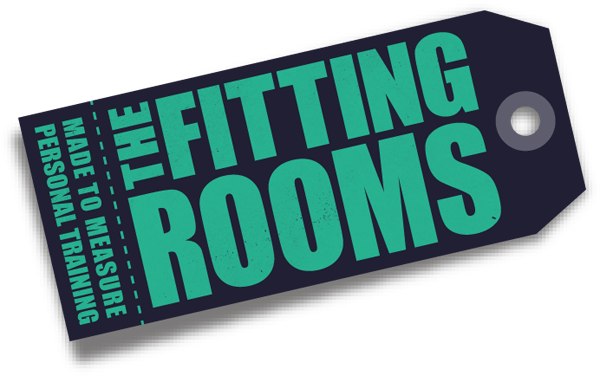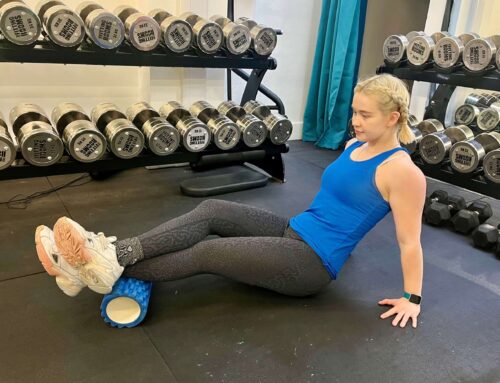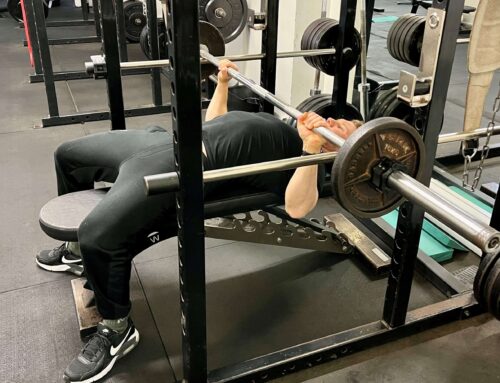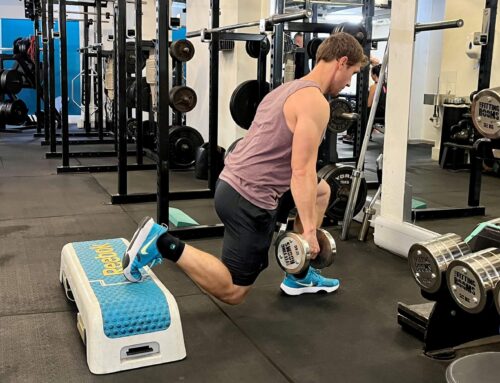All about the Reverse Deficit Lunge…
The Reverse Deficit Lunge is an excellent lower body exercise that helps to improve mobility, strength and athletic performance. The primary muscles worked are the glutes, quadriceps and hamstrings, with assistance from other muscles, including the calves, core, forearms and traps.
The process of stepping from a bilateral, symmetrical position, into a split squat position requires you to decelerate your landing leg, stabilise your body with the planted foot and generate force to return to a symmetrical position.
The deficit creates more hip flexion and will force a lot more length and stretch in the glutes and hamstrings. This is excellent for hypertrophy but can create a lot of muscle soreness, so start with a lower RPE or total set number.
Stepping towards our planted foot after ascending means we’re emphasising accelerating from a lunge position – great for those wanting to improve running gait strength.
As with all types of lunges, this is a unilateral movement which means that it helps to work out imbalances in strength between legs.
To perform the Reverse Deficit Lunge:
1. Stand on an elevated, stable platform. The higher the platform the greater potential range of motion (ROM);
2. Step backwards with one foot, breaking at the knee to descend your knee lower than the foot on the platform. This ensures we’re utilising the ROM we have created;
4. Ascend by pushing through the leg on the platform.
5. Return your rear leg to meet the other foot back on the platform, then repeat.
Exercise Progressions
To progress the Reverse Deficit Lunge exercise you can add weight to build strength, or increase the height of the platform to improve mobility, strength and stability over a greater ROM. Watch TFR Personal Trainer Tom demonstrate different variations of the movement below.
It’s important to note that the benefit of the deficit comes from the extra range gained by starting from an elevated position; if in a standard Reverse Lunge movement you are currently unable to reach the floor with your knee as you descend, you should work to improve mobility before progressing on to this lunge variation.








Leave A Comment